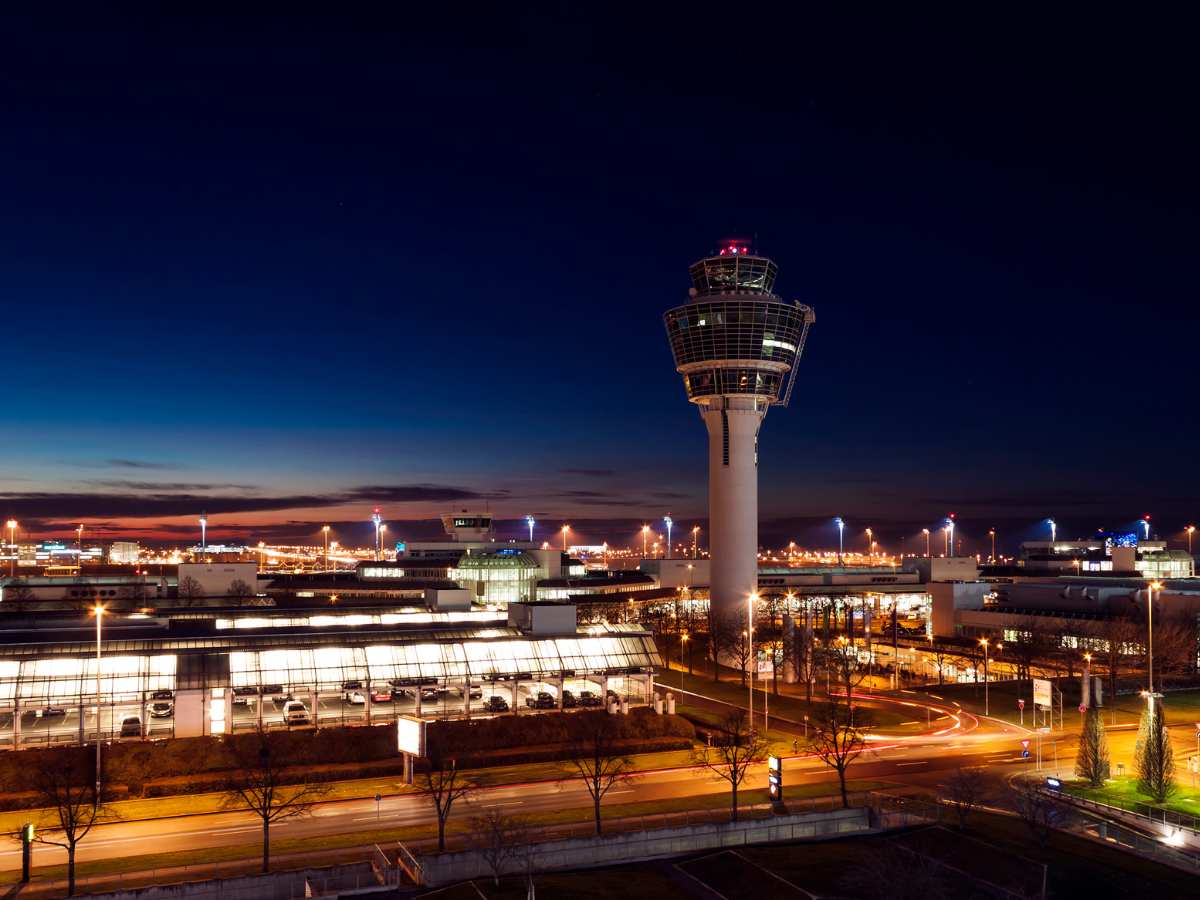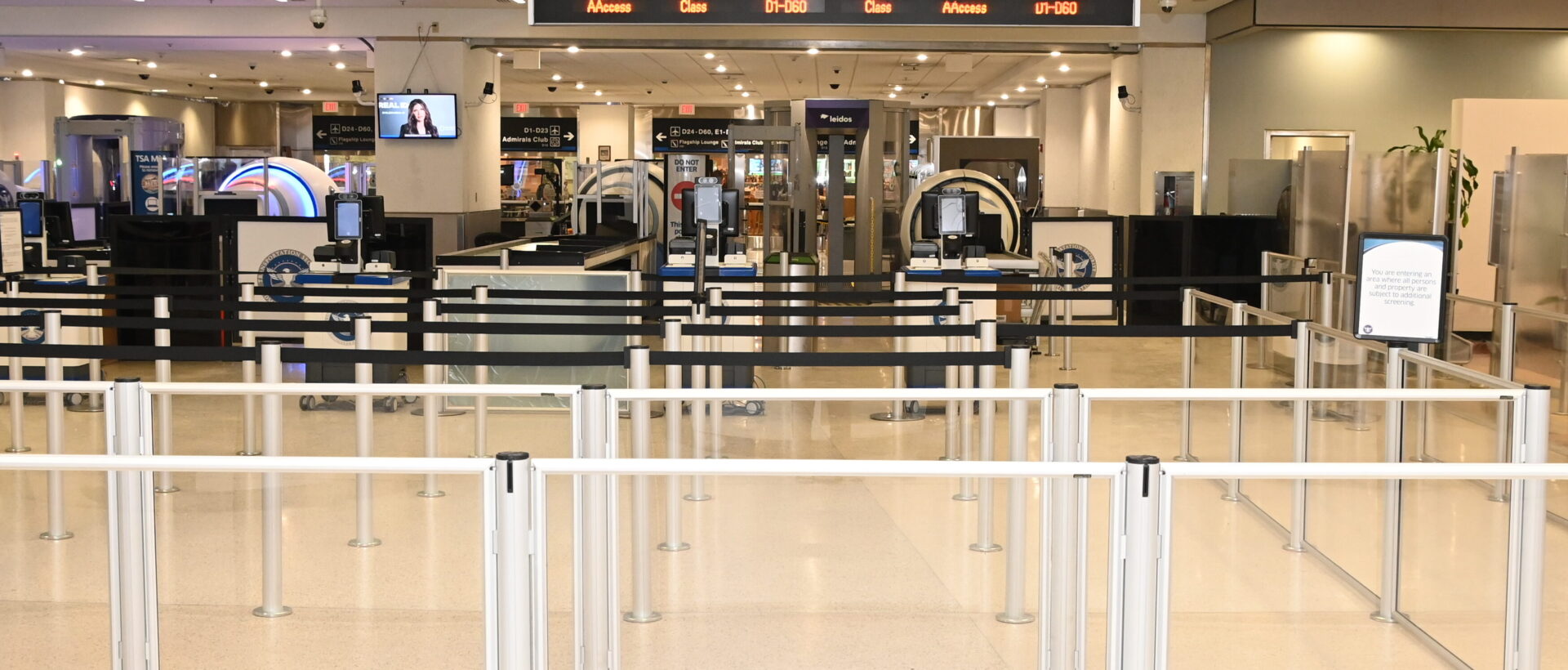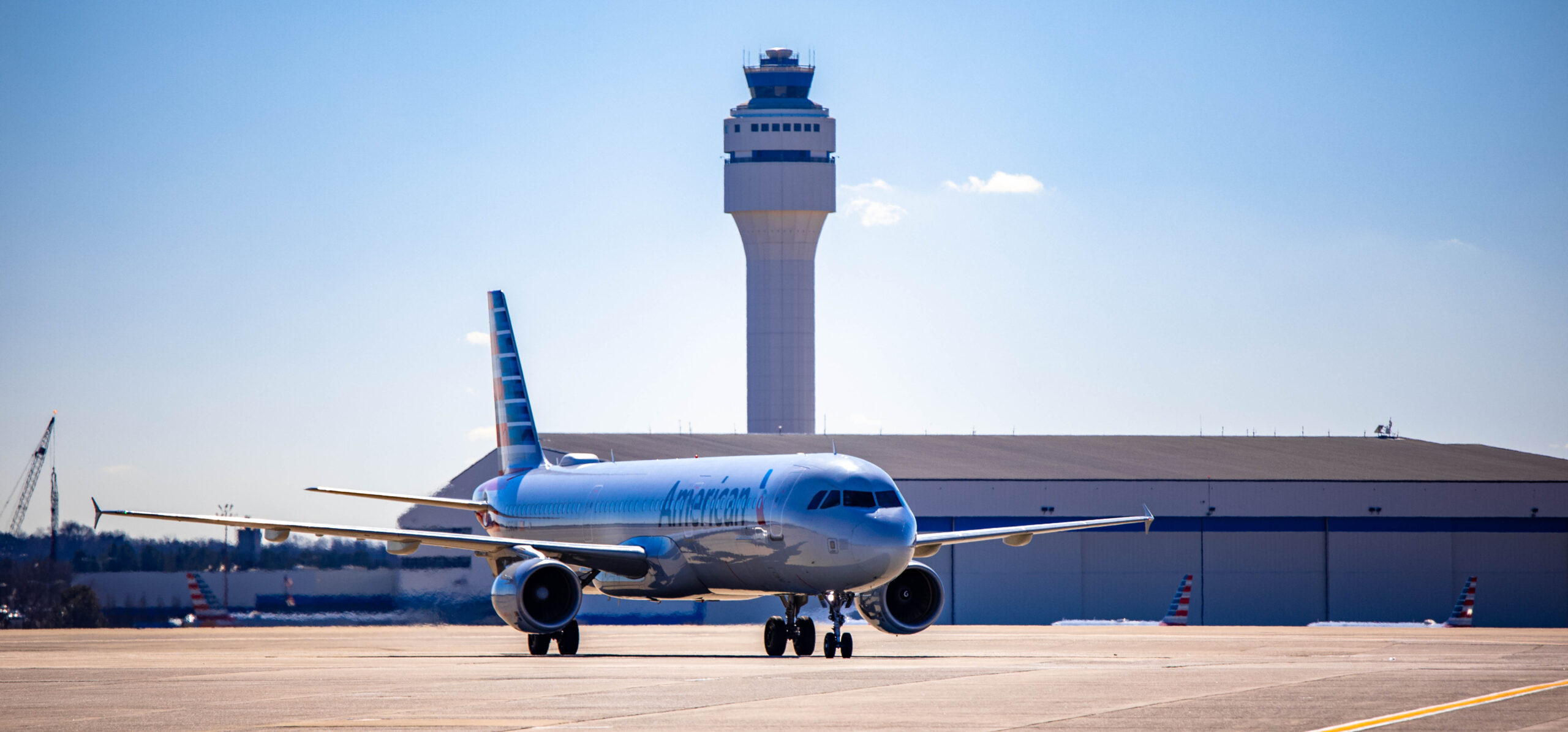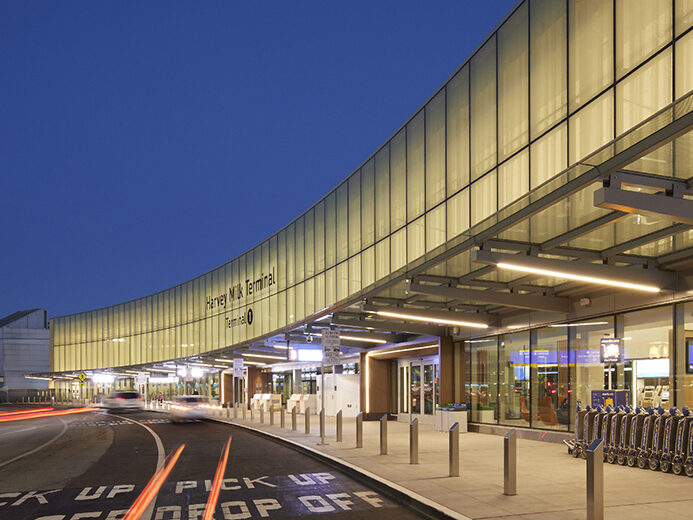The Federal Aviation Administration (FAA), in coordination with U.S. Transportation Secretary Sean P. Duffy, has confirmed the 40 major airports facing flight reduction orders from today, 7 November.
This order is part of a series of proactive measures to maintain safety across the national airspace system. As part of the plan, the FAA is implementing a temporary 10 percent reduction in flights at 40 high-traffic airports nationwide.
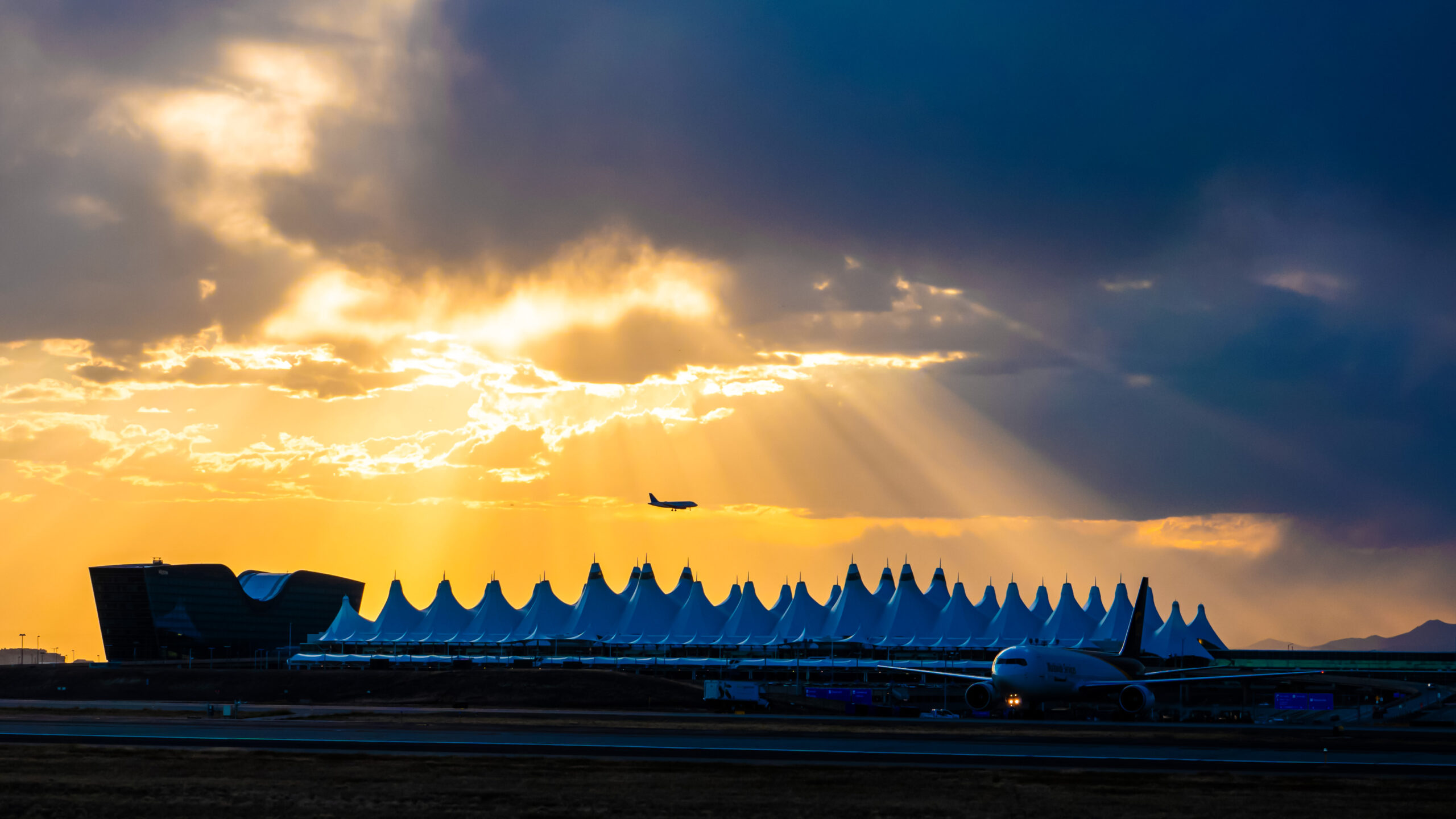
The measures come amid growing strain on the air traffic system due to staffing shortages, with controllers working without pay during the ongoing federal shutdown. Over the past weekend alone, the system experienced 2,740 flight delays, highlighting operational pressures at major airports.
Secretary Duffy said:My department has many responsibilities, but our number one job is safety. This isn’t about politics – it’s about assessing the data and alleviating building risk in the system as controllers continue to work without pay,. It’s safe to fly today, and it will continue to be safe to fly next week because of the proactive actions we are taking.
FAA Administrator Bryan Bedford added:We are seeing signs of stress in the system, so we are proactively reducing the number of flights to make sure the American people continue to fly safely. The FAA will continue to closely monitor operations, and we will not hesitate to take further action to make sure air travel remains safe.
The FAA’s flight reduction order will be introduced gradually:
- 4% reduction starting Friday, 7 November
- 6% reduction by 11 November
- 8% reduction by 13 November
- 10% reduction by 14 November
Additional measures include restricting certain visual flight rule (VFR) approaches at facilities with staffing triggers, limiting commercial space launches and reentries to nighttime hours (10:00 p.m. to 6:00 a.m. local time), and prohibiting parachute and aerial photography operations near impacted facilities.
The decisions are informed by the FAA’s review of voluntary safety reports filed by pilots and air traffic controllers, which indicate increasing operational stress.
Airlines affected by the reductions are required to provide full refunds for cancelled flights, consistent with standard policy for events outside the carrier’s control. The order does not mandate reductions for international flights, allowing carriers discretion in selecting which flights to cancel to meet the required reduction.
Airports Affected
The 40 high-impact airports subject to the 10 percent reduction are as follows:
ANC – Ted Stevens Anchorage International Airport
ATL – Hartsfield-Jackson Atlanta International Airport
BOS – Boston Logan International Airport
BWI – Baltimore/Washington International Airport
CLT – Charlotte Douglas International Airport
CVG – Cincinnati/Northern Kentucky International Airport
DAL – Dallas Love Field
DCA – Ronald Reagan Washington National Airport
DEN – Denver International Airport
DFW – Dallas/Fort Worth International Airport
DTW – Detroit Metropolitan Wayne County Airport
EWR – Newark Liberty International Airport
FLL – Fort Lauderdale/Hollywood International Airport
HNL – Honolulu International Airport
HOU – William P. Hobby Airport
IAD – Washington Dulles International Airport
IAH – George Bush Houston Intercontinental Airport
IND – Indianapolis International Airport
JFK – New York John F. Kennedy International Airport
LAS – Las Vegas McCarran International Airport
LAX – Los Angeles International Airport
LGA – New York LaGuardia Airport
MCO – Orlando International Airport
MDW – Chicago Midway International Airport
MEM – Memphis International Airport
MIA – Miami International Airport
MSP – Minneapolis–St. Paul International Airport
OAK – Oakland International Airport
ONT – Ontario International Airport
ORD – Chicago O’Hare International Airport
PDX – Portland International Airport
PHL – Philadelphia International Airport
PHX – Phoenix Sky Harbor International Airport
SAN – San Diego International Airport
SDF – Louisville International Airport
SEA – Seattle–Tacoma International Airport
SFO – San Francisco International Airport
SLC – Salt Lake City International Airport
TEB – Teterboro Airport
TPA – Tampa International Airport
The FAA has emphasised that these actions are precautionary, data-driven, and intended to maintain the highest safety standards for the travelling public while monitoring ongoing operational conditions.





